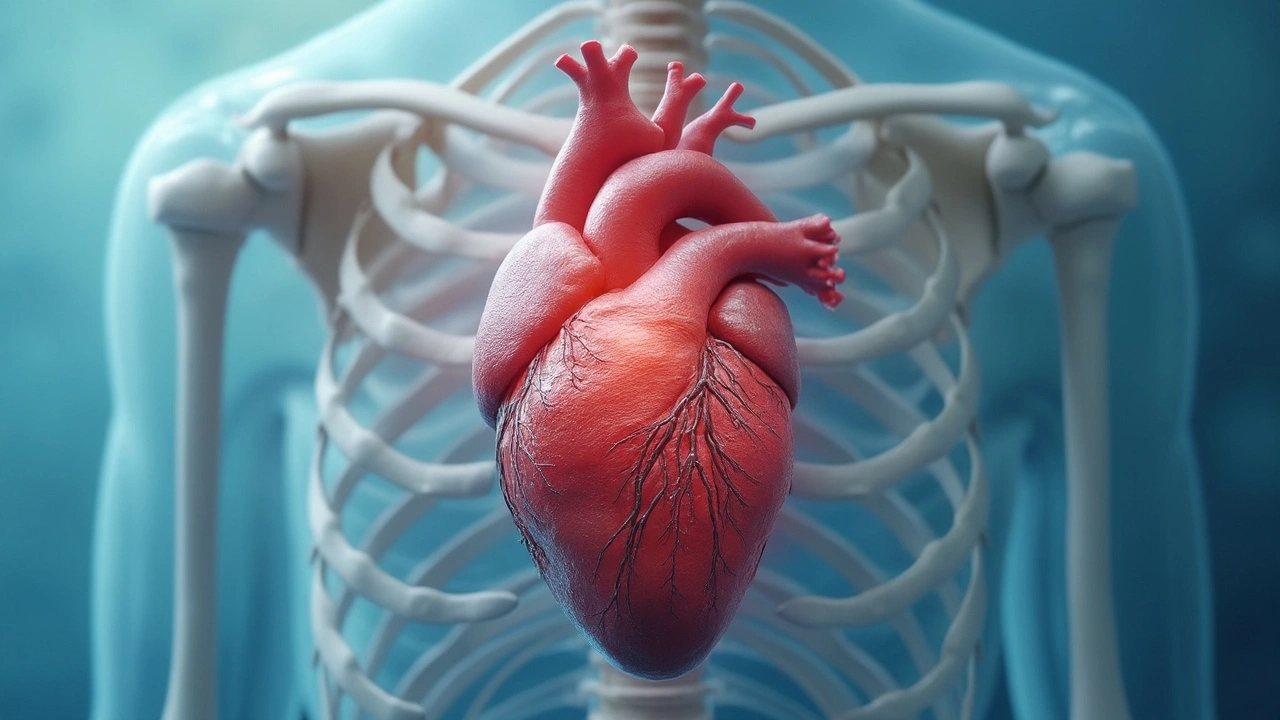Hypertension: Practical Guide to Lowering High Blood Pressure
High blood pressure often shows no symptoms but quietly raises your risk of heart attack, stroke and kidney damage. You don’t need fancy tests to start helping yourself — a few clear steps make a big difference.
What the numbers mean and how to check them
Blood pressure is two numbers: systolic (top) and diastolic (bottom). Normal is under 120/80 mmHg. Elevated is 120–129/<80. Stage 1 starts at 130/80 and stage 2 at 140/90. If a single reading is high, don’t panic — repeat it. For reliable home checks, sit quietly for 5 minutes, place the cuff on bare skin at heart level, keep feet flat and back supported. Take two readings one minute apart, morning and evening for a week, and average them. Bring that average to your clinician.
Practical lifestyle changes that lower blood pressure
Eating and moving are where most wins come from. Follow a DASH-style pattern: more vegetables, fruit, whole grains, lean protein and less processed food. Aim for under 1,500–2,300 mg sodium daily — small swaps help: cook with herbs instead of salt and pick low-sodium canned goods.
Potassium helps counter sodium. Add bananas, potatoes, beans and leafy greens unless your doctor warns against potassium (common with some kidney problems or meds). Get at least 150 minutes of moderate activity weekly — brisk walking, cycling or swimming — plus two strength sessions. Dropping excess weight and avoiding heavy drinking (max 2 drinks/day for men, 1 for women) also cut pressure.
Sleep and breathing matter. Loud snoring or daytime sleepiness can signal sleep apnea, which raises blood pressure — getting evaluated can lead to big improvements. Quit smoking; it harms blood vessels and raises long-term risk.
Monitoring other risks matters: check blood sugar and cholesterol and have kidney function tested periodically. High blood pressure often appears with diabetes or high LDL — managing all three lowers your overall risk. If you want practical diet ideas, our article "Lifestyle Over Statins: Diet, Exercise, and Natural Alternatives to Lower LDL" covers food plans that help both cholesterol and blood pressure.
Medications are common and effective when lifestyle changes aren’t enough. Main classes include thiazide diuretics (like hydrochlorothiazide), ACE inhibitors (lisinopril), ARBs (losartan), calcium channel blockers (amlodipine) and beta-blockers (metoprolol). Each works differently and has possible side effects. Your clinician chooses based on other conditions (kidney disease, diabetes, pregnancy). Never stop or change doses without talking to your provider.
When to seek help: if your reading is over 180/120 and you have chest pain, shortness of breath, sudden weakness or vision changes, get emergency care. For steady high readings without severe symptoms, book a prompt visit to adjust treatment.
Small, consistent steps add up: monitor at home, cut sodium, move more, manage weight, treat sleep problems and follow medical advice on meds. Keep records of your readings and share them with your clinician — that’s the fastest way to get your blood pressure under control.

Hypertension's Hidden Toll on Bone Health
High blood pressure isn't just a heart concern—it can take a toll on your bones, too. Studies reveal a connection between hypertension and decreased bone density, leading to conditions like osteoporosis. Explore the surprising impact of high blood pressure on your skeletal system and discover practical strategies to support both heart health and strong bones.
- Health and Wellness (58)
- Drug Information (45)
- Pharmacy Information (19)
- Medical Conditions (17)
- Supplements (4)
- Travel Health (2)
- Parenting (2)
- Diabetes (2)
- Mental Health (2)
- Heart Health (1)
-
Lupus Arthritis and Hydroxychloroquine: How This Drug Reduces Joint Inflammation and Prevents Flares
1 Dec 2025 -
Baclofen vs. Alternative Muscle Relaxants: A Detailed Comparison
20 Oct 2025 -
Buy Cheap Generic Singulair Online - 2025 Guide
11 Oct 2025 -
Retinal Vein Occlusion: Understanding Risk Factors and Injection Treatments
21 Nov 2025 -
The Connection Between Spastic Muscle States and Multiple Sclerosis
6 May 2023

12.03.25
Alistair Mukondiwa
11